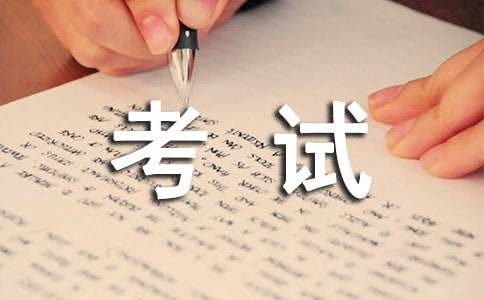- 相关推荐
公共英语辅导四级阅读考试题2017
读过一本好书,象交了一个益友。以下是小编为大家搜索整理的公共英语辅导四级阅读考试题2017,希望能给大家带来帮助!更多精彩内容请及时关注我们应届毕业生考试网!

Few creations of big technology capture the imagination like giant dams. Perhaps it is humankind’s long suffering at the mercy of flood and drought that makes the idea of forcing the waters to do our bidding so fascinating. But to be fascinated is also, sometimes, to be blind. Several giant dam projects threaten to do more harm than good.
The lesson from dams is that big is not always beautiful. It doesn’t help that building a big, powerful dam has become a symbol of achievement for nations and people striving to assert themselves. Egypt’s leadership in the Arab world was cemented by the Aswan High Dam. Turkey’s bid for First World status includes the giant Ataturk Dam.
But big dams tend not to work as intended. The Aswan Dam, for example, stopped the Nile flooding but deprived Egypt of the fertile silt that floods left — all in return for a giant reservoir of disease which is now so full of silt that it barely generates electricity.
And yet, the myth of controlling the waters persists. This week, in the heart of civilized Europe, Slovaks and Hungarians stopped just short of sending in the troops in their contention over a dam on the Danube. The huge complex will probably have all the usual problems of big dams. But Slovakia is bidding for independence from the Czechs, and now needs a dam to prove itself.
Meanwhile, in India, the World Bank has given the go-ahead to the even more wrong-headed Narmada Dam. And the bank has done this even though its advisors say the dam will cause hardship for the powerless and environmental destruction. The benefits are for the powerful, but they are far from guaranteed.
Proper, scientific study of the impacts of dams and of the costs and benefits of controlling water can help to resolve these conflicts. Hydroelectric power and flood control and irrigation are possible without building monster dams. But when you are dealing with myths, it is hard to be either proper, or scientific. It is time that the world learned the lessons of Aswan. You don’t need a dam to be saved.
1. The third sentence of paragraph 1 implies that ____.
A. people would be happy if they shut their eyes to reality
B. the blind could be happier than the sighted
C. over-excited people tend to neglect vital things
D. fascination makes people lose their eyesight
2. In paragraph 5, “the powerless” probably refers to ____.
A. areas short of electricity B. dams without power stations
C. poor countries around India D. common people in the Narmada Dam area
3. What is the myth concerning giant dams?
A. They bring in more fertile soil. B. They help defend the country.
C. They strengthen international ties. D. They have universal control of the waters.
4. What the author tries to suggest may best be interpreted as ____.
A. “It’s no use crying over spilt milk” B. “More haste, less speed”
C. “Look before you leap” D. “He who laughs last laughs best”
参考答案
CDDC
【公共英语辅导四级阅读考试题】相关文章:
2017公共英语四级考试题阅读精选07-23
公共英语四级阅读理解题型辅导06-18
2023年公共英语四级阅读强化辅导11-02
2017年公共英语四级考试阅读题型辅导05-06
2017年公共英语四级阅读题型练习辅导08-27
2024年公共英语四级阅读部分辅导训练题08-07
公共英语四级阅读精选10-28
2017年公共英语阅读考试题09-02
公共英语四级口语练习辅导08-13
2017年下半年公共英语四级考试题辅导10-03